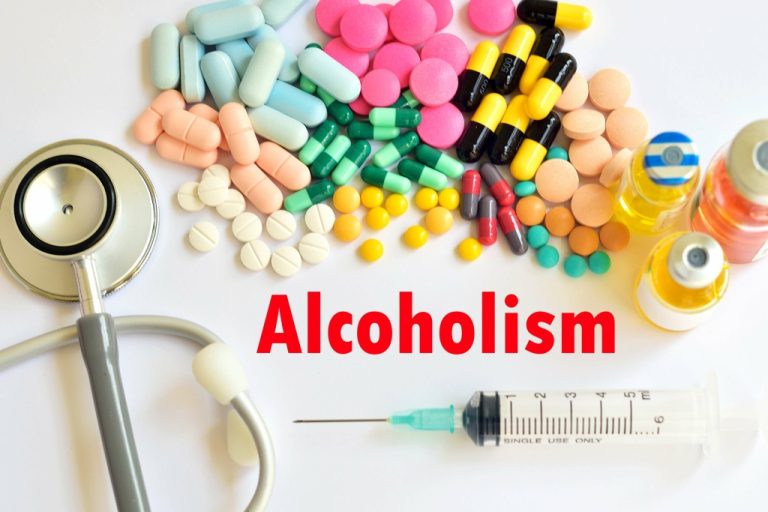Content
Relative to the other housing programs, this model was inexpensive and the houses were conveniently located near the outpatient facility. Typically, residents entered these SLHs after establishing some period of sobriety https://curiousmindmagazine.com/selecting-the-most-suitable-sober-house-for-addiction-recovery/ while they resided in a nearby shelter and attended the outpatient program. A significant strength of the Options houses was that residents were able to maintain low alcohol and drug severity at 12-month follow up.
- We hypothesize that barriers to expansion of SLHs might vary by stakeholder groups.
- We also describe plans to conduct studies of resident subgroups, such as individuals referred from the criminal justice system.
- Sober living in California provides you with a safe environment so that you can adjust to everyday life.
- If a resident fails to meet those requirements, the sober living program should take appropriate action.
These are encouraged as a way to better handle the transition to regular life. They often spend time together and attend meetings like Narcotics Anonymous as a group. Chemical dependency often requires that the body undergo detoxification before an individual can get started on the road to recovery. We understand how vulnerable our clients and their families are during this sensitive time. We offer a fully customized Detox experience where we attend to each clients’ dietary needs, comfort and support as well as prepare them for a meaningful treatment experience.
Sober Housing
If you have already gone through rehab, but you’re not quite ready to live independently, this type of facility may be an excellent fit for you. In general, sober living homes are privately owned homes for people recovering from drug or alcohol addiction. Houses are usually located in quiet, peaceful neighborhoods, where members can destress and focus on their growth and recovery journeys. In some cases, sober living homes will contract with licensed drug rehabilitation centers and therapists as a means for providing an even greater level of care. These types of sober livings do tend to charge higher fees, however, they are often able to provide a very affordable alternative to what would otherwise constitute high-priced inpatient treatment. Sober living homes offer a drug-free environment for people who either lack a supportive housing environment or believe they can benefit from the added structure and support that a sober living home can provide.

If the patient improves, there may be an easing of the rules under certain guidelines. Our partial hospitalization programs allow you the ability to receive vital, high-quality care without needing to stay on our facilities 24 hours a day. The sober residence must be substance-free with a zero-tolerance policy for substance use or possession.
Clean and Sober Transitional Living (CSTL)
Leaving the structured safety of formal rehab can be worrying for many people. Sober living homes ease the transition back to day-to-day living by providing a stepping stone between rehab and everyday life. People on MAT should be considered sober from illicit substances and supported by sober housing facilities to maintain their sobriety through MAT. Those medications should be permitted and even encouraged by supportive housing.

The length of time depends on an individual’s unique journey and how long their treatment and recovery take. Anyone who wants to stop drinking alcohol or using drugs should consider joining a sober living community. Many residents complete a rehabilitation program prior to approaching a sober living home, but this is not mandatory.
Risks and Downsides of Sober Living Homes
Since sober living homes are often financially independent, they usually do not accept insurance. Residents’ insurance may, however, help cover addiction treatments – like therapy. The goal is to transition to an independent lifestyle – free of substance abuse and addiction. First, we could not directly compare which type of SLH was most effective because there were demographic and other individual characteristics that differed between the two types of houses. Second, individuals self selected themselves into the houses and a priori characteristics of these individuals may have at least in part accounted for the longitudinal improvements. Although self selection can be viewed as a weakness of the research designs, it can also be conceived as a strength, especially for studying residential recovery programs.
To keep residents safe, all successful sober homes have rules and regulations that you’re required to follow. While rules may vary, we’re going to discuss the general guidelines most homes require. Reputable sober living spaces will often have “house rules” that residents are expected to follow.
In addition, state licensure or group accreditation ensures that the sober living home complies with safety standards and a code of ethics. The resident learns the basics of living sober, abstaining from drugs and alcohol, and adhering to the sober living home’s rules while avoiding substance abuse triggers. Sober living houses encourage persons in this phase to attend therapy sessions, be actively involved in house chores, and attend peer support group sessions. Sober housing provides a non-medical drug and alcohol-free residence for persons recovering from substance abuse disorder. Tenants in sober homes live by the house rules and participate in programs like the 12-step meeting.
Elysium Health operates one of the leading top living facilities in California. With state-of-the-art facilities, a calm and comforting environment, and numerous supports to help you stay sober, Sober Complex could be the perfect option for you. Transitioning back into everyday life can be a stressful and difficult process that often leads to relapse. In fact, transitioning back to normal life is often considered one of the most difficult aspects of recovering since normal life is where the addiction actually existed. Physical and emotional abuse and other personal and familial traumas can also bring about addiction or make it worse.
